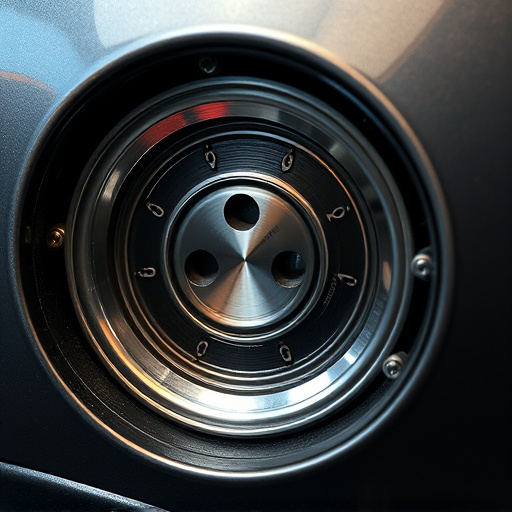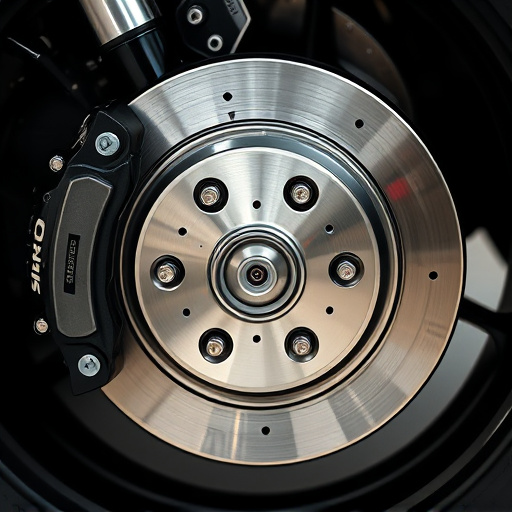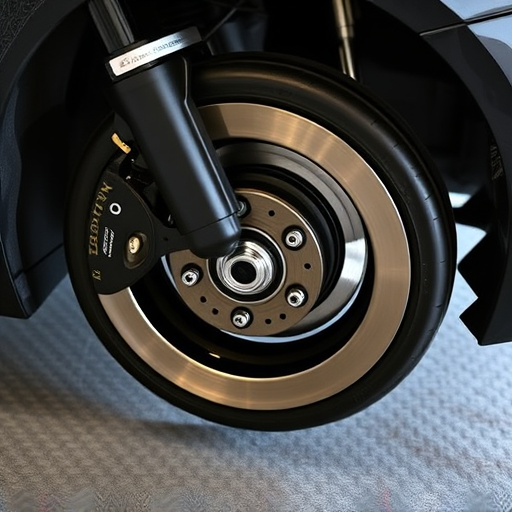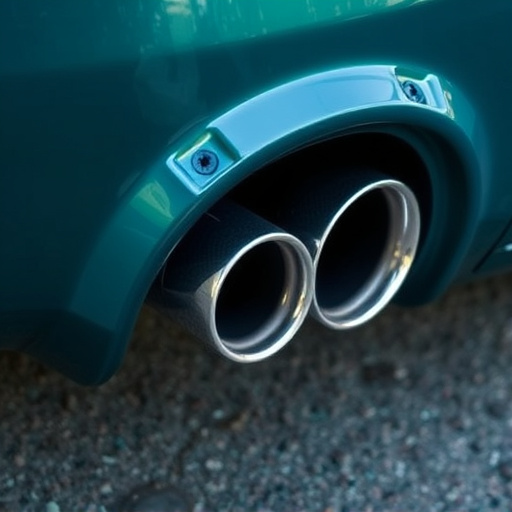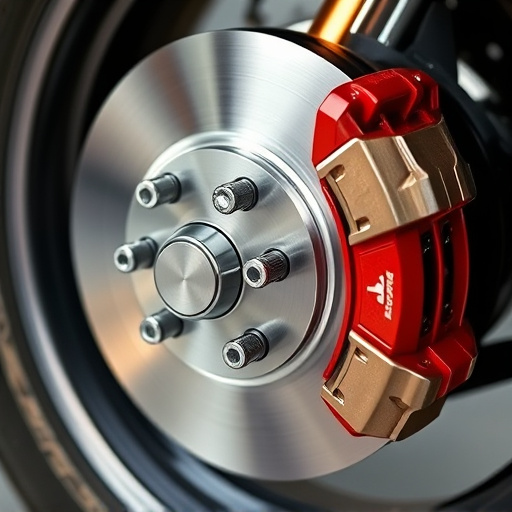A boost controller (turbo controller) optimizes performance in turbocharged vehicles by precisely managing compressed air delivery to cylinders, enhancing power output and fuel efficiency. Integrated with high-performance suspension and other upgrades like cat back exhausts, it offers improved throttle response, horsepower, torque, and reduced fuel wastage. This strategic component contributes to engine longevity, better fuel economy, lower emissions, especially under aggressive driving conditions.
A boost controller, a sophisticated device that manages turbocharging systems, has emerged as a powerful tool in the automotive world. While renowned for enhancing engine performance and power, its influence extends further, particularly on fuel economy. This article delves into the intricate relationship between boost controllers and fuel efficiency. We explore how these devices can optimize air-fuel mixture delivery, reduce wastage, and ultimately lead to significant improvements in a vehicle’s mileage, offering a compelling case for their application beyond pure performance enhancement.
- Understanding Boost Controllers and Their Functionality
- The Impact of Boost Controllers on Engine Performance
- Exploring the Potential Benefits for Fuel Economy
Understanding Boost Controllers and Their Functionality
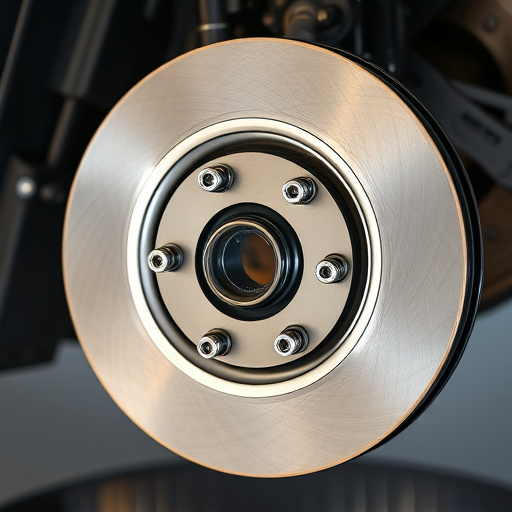
A boost controller is a device designed to regulate the amount of compression air delivered to the engine’s cylinders in turbocharged vehicles. It plays a pivotal role in optimizing engine performance, especially when combined with modified intake components and coilover kits. By precisely controlling the boost pressure, these systems enhance the efficiency of the combustion process, allowing for better fuel mixing and burning.
This technology is particularly beneficial for those seeking to improve their vehicle’s fuel economy without compromising power output. When integrated with high-performance suspension components, a boost controller enables drivers to fine-tune their car’s behavior, ensuring optimal performance across various driving conditions. This customization not only enhances drivability but also contributes to better fuel economy by minimizing wastage and maximizing the efficiency of the engine’s combustion cycle.
The Impact of Boost Controllers on Engine Performance
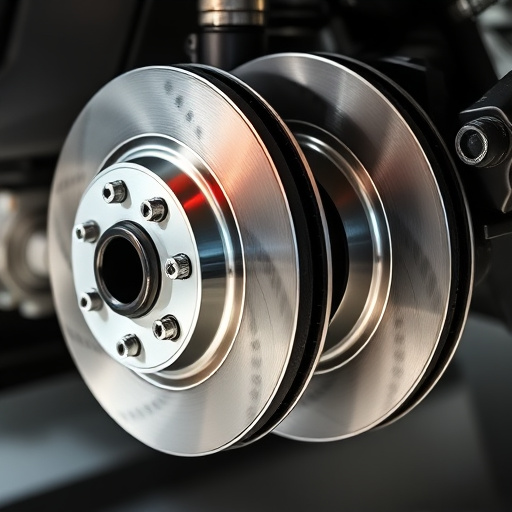
A boost controller, also known as a turbo controller, plays a significant role in enhancing engine performance, especially in vehicles equipped with turbocharged or supercharged engines. These controllers are designed to optimize the amount of compressed air entering the combustion chamber, which directly impacts power output and fuel efficiency. By precisely managing boost pressure, a boost controller ensures that the engine receives the optimal amount of fuel for efficient burning, resulting in improved horsepower and torque.
This technology is particularly useful for those seeking to enhance their vehicle’s performance without compromising fuel economy. Unlike traditional engines, turbocharged ones can maintain higher compression ratios, allowing for more efficient combustion. A boost controller enables drivers to access this potential by finely tuning the boost delivery, leading to better throttle response and a smoother driving experience. Additionally, when combined with high-performance parts like a cat back exhaust system and upgraded brake components, a boost controller can contribute to overall engine health and further fuel savings.
Exploring the Potential Benefits for Fuel Economy
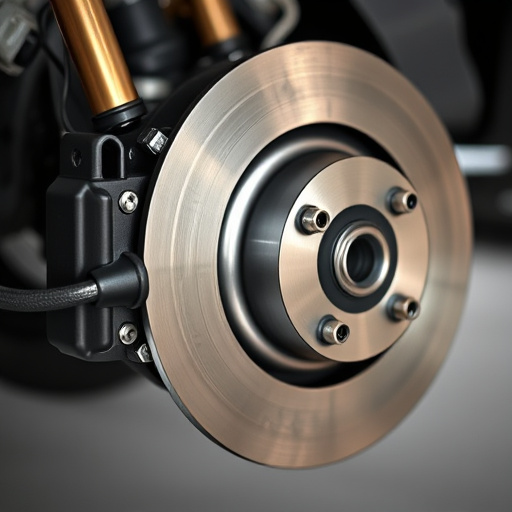
In the pursuit of enhancing vehicle performance, many enthusiasts often consider various modifications, and one such component gaining traction is the boost controller. Beyond its role in optimizing engine power, a boost controller can unexpectedly contribute to improving fuel economy. By precisely regulating the amount of boost pressure applied to the engine, it ensures efficient combustion, reducing wastage of fuel. This tailored approach to airflow management can lead to significant savings at the gas pump, especially for those who drive aggressively or frequently traverse stop-and-go traffic conditions.
Moreover, integrating a boost controller with other performance upgrades like coilover kits and high-flow intake components becomes a strategic move. These modifications collectively work towards optimizing engine performance and efficiency. For instance, improved breathing through high-performance intake components, combined with precise boost control, can result in better fuel burn, reducing emissions and potentially increasing the lifespan of critical components such as brake pads, which are often affected by aggressive driving and less-than-optimal fuel economy.
A boost controller, by optimizing engine pressure, can significantly enhance both performance and fuel economy. While its primary role is to improve power output, the technology’s precision control over air-fuel mixture delivery also leads to more efficient combustion. This, in turn, results in reduced fuel consumption, making it a valuable tool for anyone seeking improved mileage without compromising on speed or responsiveness. Incorporating a boost controller can be a smart move for drivers looking to get more from their vehicles, both on the road and at the pump.









